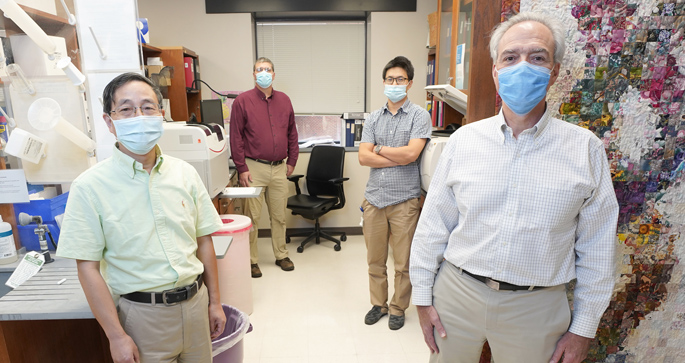Free radicals produced during oxidative stress react with membrane fatty acids to yield highly reactive lipid aldehydes, which can modify proteins and cause cellular or tissue damage.
The aldehyde HNE has been shown to modify high-density lipoprotein (HDL, the so-called good cholesterol) and contribute to atherosclerosis. Another aldehyde, called ONE, is produced at the same time as HNE, but its role is unknown.
Linda May-Zhang, PhD, Sean Davies, PhD, and colleagues have now found that patients with familial hypercholesterolemia, a genetic disorder characterized by high blood cholesterol, have higher levels of ONE-modified HDL compared to healthy controls. They identified the amino acids that ONE targets and showed that ONE modification reduces HDL’s ability to protect against inflammation. ONE modification did not alter HDL’s ability to promote cholesterol efflux from macrophages.
The findings, reported in the Dec. 13 issue of the Journal of Biological Chemistry, demonstrate that ONE impairs HDL function and that ONE-HDL adducts are elevated in atherosclerosis.
This research was supported by the National Institutes of Health (grants HL116263, HL138745, HL128203).















